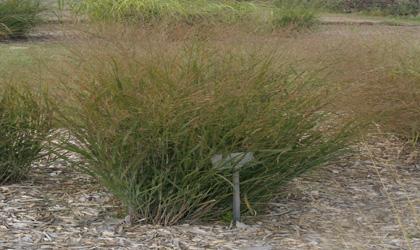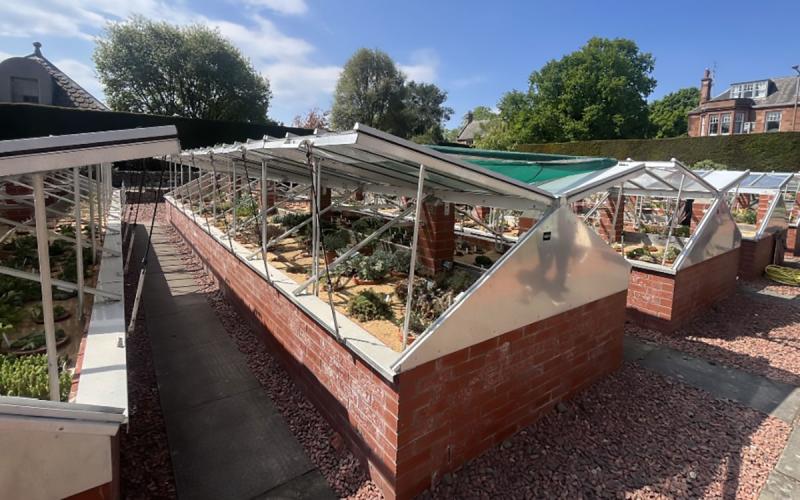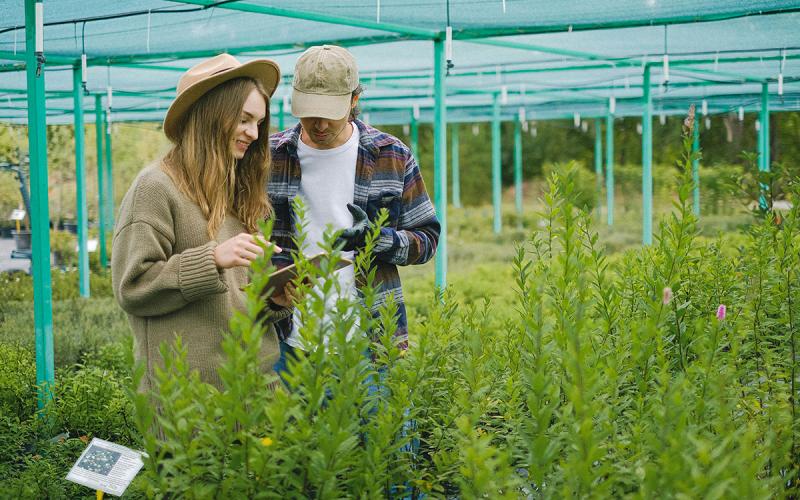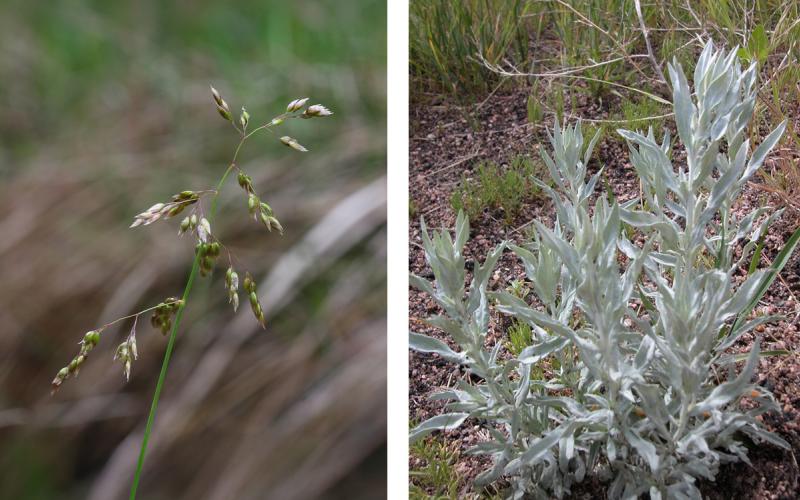Profile

Switchgrass (Panicum virgatum) is a native, warm season prairie grass that has slowly found its way into the popular ornamental grass market. This is a big plant, generally growing 3-7’ tall and probably about 3-4’ wide. The plant develops upright but spreading clumps of medium green leaves with fairly large, open, generally reddish panicles containing relatively large seeds. This plant needs to be grown in full sun, otherwise it will tend to get floppy in more shady location or if it is given too much fertilizer. The seed of the native switchgrass is fairly easy to get but one would be better off to look for one of the many cultivars that are now available. Many of these have a more upright growth habit and may also develop a nice reddish orange fall foliage color that continues on until mid-winter when the plants turn tan. The seed heads make attractive cut flowers for use fresh or dried. Plants will slowly spread by scaly rhizomes beneath the soil and will also often self-seed, but the cultivars to not come true from seed so best propagation is by division.
Growth and Care
The leaf blades are ½- ¾” wide and up to 2’ long with a v-shaped patch of hairs on the upper leaf surface near the stem. The foliage is generally medium green, but may be reddish or have a bluish cast. Panicum is best planted in small groups to provide a mass effect, which best displays the upright form of the plants and the fine texture of the seed heads. They prefer a moist soil but seem to grow well in drier soils as well, but will benefit from some supplemental irrigation during extended dry periods. The seed heads persist into the winter months and may provide some food for wildlife. In the spring, cut the plants back to the ground before new growth develops. There are no serious pest problems.
Cultivars
Some good cultivars include:
- Cloud Nine: tall, 6-8’ plants with light blue foliage;
- Dallas Blues: 6-7’plants with steely-blue foliage and large flower heads in early fall;
- Heavy Metal: 5’ plants with bluish foliage and stems, good strong upright growth resists lodging;
- Prairie Sky: 4-5’plants with nice blue colored foliage, strong stems and hardier than most other cultivars;
- Rehbraun: 3-4’ plants with reddish colored foliage and good red fall color;
- Rotstrahlbusch: 5’ plants with good red and purple-tinted fall color;
- Shenandoah: 3-4’plants with dark red foliage in mid-summer, turning wine colored in fall;
- Squaw: 5’ plants with gray-green foliage in summer with reddish fall color;
- Strictum: stiff, upright clumps of light, blue-green foliage with purple-red fall color;
- Trailblazer: spreading plant with orange-yellow winter color.


